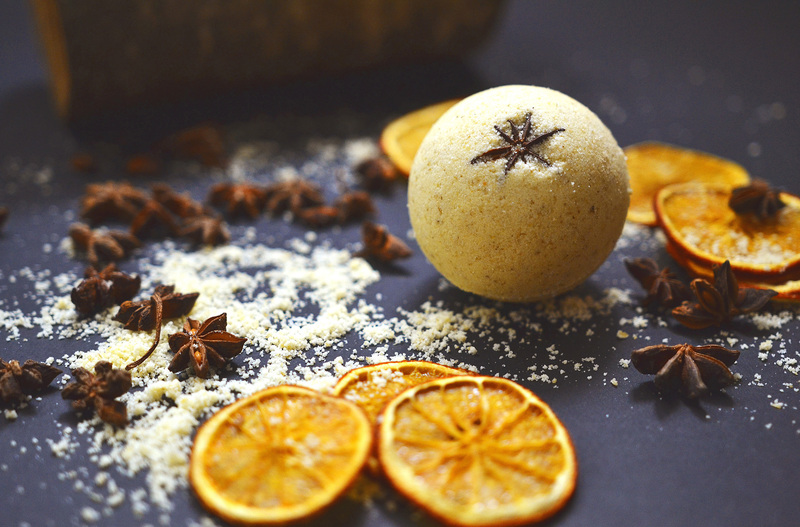Keep Your Home Dust-Free and Allergen-Reduced with These Tips
Posted on 02/10/2025
Keep Your Home Dust-Free and Allergen-Reduced with These Tips
Maintaining a dust-free and allergen-reduced home is essential for your health and wellbeing. Whether you or your loved ones suffer from allergies or simply want to create a cleaner, fresher living space, learning how to minimize dust and allergens can make a big difference. In this comprehensive guide, we'll explore proven techniques, practical tips, and the best habits for keeping your home environment clean and safe from airborne irritants.
Why Is Reducing Dust and Allergens Important?
A dust-free home isn't just about aesthetics; it's about health. Household dust contains a mixture of dirt, dead skin, pet dander, pollen, mold spores, and even dust mite debris. These can trigger or worsen allergies, asthma, and other respiratory issues. Here are a few key reasons to keep dust and allergens at bay:
- Healthier respiratory system: Less coughing, sneezing, and congestion.
- Improved sleep quality: Breathe easier, sleep better.
- Better overall hygiene: Fewer germs and bacteria in your environment.
- Longer-lasting home appliances and electronics: Dust build-up can cause appliances to overheat or malfunction.
- Enhanced home appearance: Dust-free surfaces look cleaner and brighter.

Best Tips to Keep Your Home Dust-Free and Allergen-Reduced
1. Upgrade Your Cleaning Strategy
While daily cleaning might seem overwhelming, efficient techniques can actually save you time and keep dust levels low. Here's how:
- Use a damp microfiber cloth: Unlike feather dusters, microfiber traps dust instead of scattering it into the air. Always use a slightly dampened cloth to clean surfaces, blinds, and baseboards.
- Vacuum with a HEPA filter: Traditional vacuums can blow fine particles back into the air. A high-efficiency particulate air (HEPA) filter captures up to 99.97% of allergens and dust, making it ideal for dust reduction.
- Mop regularly: Hard floors should be swept and mopped at least once a week. Microfiber mops are particularly effective for trapping particles.
- Don't forget under furniture: Dust settles in hidden areas. Move sofas and beds monthly to vacuum underneath.
2. Declutter to Minimize Dust Collection
The more items you have, the more surfaces dust can settle on. Simplifying your spaces not only looks appealing but helps you maintain a cleaner environment.
- Keep surfaces clear: Limit decorative items and unnecessary knickknacks, especially in bedrooms and living areas.
- Organize open shelves: Store items in enclosed cabinets or bins whenever possible to reduce dust accumulation.
- Regularly clean out closets: Clothes and textiles shed fibers--a major dust contributor. Donate or store infrequently used items elsewhere.
3. Control Indoor Humidity
Did you know that both dust mites and mold thrive in humid environments? Keeping indoor humidity between 30-50% discourages their growth and makes your home less hospitable to allergens.
- Use a dehumidifier: Especially useful in basements, bathrooms, and laundry rooms.
- Ventilate well: Run exhaust fans in kitchens and bathrooms while cooking or showering.
- Address leaks and condensation fast: Repair plumbing leaks and wipe up window condensation promptly to prevent mold.
4. Maintain Your HVAC and Air Filters
Your home's heating, ventilation, and air conditioning system can either help or hinder your efforts to reduce dust and allergens.
- Change filters regularly: Replace HVAC and air purifier filters every 1-3 months, depending on usage and manufacturer's recommendations.
- Upgrade to HEPA filters: These can capture finer particles than standard filters, dramatically improving your indoor air quality.
- Schedule annual maintenance: A professional tune-up ensures that ducts and fans are free from dust build-up.
- Keep air vents clean: Vacuum or wipe down vents and registers to prevent dust from recirculating.
5. Choose Smart Furnishings and Flooring
The materials you use for furniture and flooring can make a huge difference in your battle against dust.
- Opt for hard surfaces: Wood, tile, or laminate flooring doesn't trap dust like carpets do. Use area rugs instead, and wash them regularly.
- Select leather, vinyl, or tightly woven fabric for furniture: These materials don't collect as much dust or animal fur as plush upholstery.
- Avoid heavy drapes: Use washable shades or blinds, or choose curtains you can launder often.
6. Control Pet-Related Allergens
Pets are beloved family members, but they are also significant contributors to dust, dander, and allergens. Here's how to reduce their impact:
- Bathe and groom pets regularly: Frequent brushing and baths reduce shed hair and dander.
- Establish pet-free zones: Keep pets out of bedrooms and off upholstered furniture to minimize allergen exposure.
- Wash pet bedding: Launder their bedding and soft toys frequently in hot water.
7. Routine Bedding and Textile Care
Bedding, curtains, and fabric surfaces harbor loads of dust mites and trap allergens. Keeping them clean is vital to a dust-free, allergen-controlled home.
- Launder bedding weekly: Wash sheets, pillowcases, and blankets in hot water (>130?F / 54?C) to kill dust mites.
- Encase mattresses and pillows: Hypoallergenic dust-mite-proof covers prevent accumulation.
- Wash curtains and slipcovers often: Or switch to blinds and wipe them down regularly.
8. Keep Windows and Entryways Sealed
Open windows may freshen the air but also invite outdoor allergens like pollen and dust. Take steps to protect your indoor environment:
- Install good-quality screens: Keep windows screened to reduce outdoor contaminant entry.
- Seal gaps and cracks: Use weather stripping or caulking to prevent dust and pollen from sneaking in.
- Remove shoes at the door: Outdoor footwear brings in dirt, dust, and allergens.
Advanced Allergen-Reduction Techniques
Air Purification Systems
For households with severe allergies, investing in an air purification system can be a game-changer. Modern air purifiers with HEPA and activated charcoal filters effectively capture dust, pollen, pet dander, smoke, and odors. Position purifiers in high-traffic rooms like the living room, bedrooms, and nursery for optimal air cleanliness.
Anti-Allergy Cleaning Products
Conventional cleaning products may contain harsh chemicals that irritate sensitivities. Seek out fragrance-free, hypoallergenic, and EPA-approved cleaners. Alternatively, make your own using simple ingredients like vinegar and baking soda.
House Plants for Cleaner Air
Certain indoor plants, like spider plants, snake plants, and peace lilies, can help remove toxins from the air and boost humidity naturally. Just be sure not to overwater, as damp soil can attract mold.

Frequently Asked Questions
How often should I dust my home?
Regular dusting--at least once or twice a week in high-use areas--is key for maintaining a dust-free house. Less-frequented rooms can be dusted biweekly.
Are air purifiers worth it for allergy sufferers?
Absolutely. For those highly sensitive to air pollutants or with respiratory issues, air purifiers with HEPA filters significantly improve air quality by capturing fine particles that traditional cleaning can miss.
Do I need to replace carpets to achieve an allergen-reduced home?
While not mandatory, replacing carpets with hard flooring is ideal for maximum allergen reduction. If that's not feasible, deep clean carpets regularly using a vacuum with a HEPA filter and steam cleaning every few months.
What's the best way to reduce pet dander in the home?
Consistent grooming, restricting pet access, and using HEPA-equipped vacuums and air purifiers are crucial. Launder pet bedding and clean upholstery weekly.
Conclusion: Create a Healthier, Cleaner Living Space
Maintaining a dust-free home with reduced allergens is an ongoing process, but the rewards are well worth it. By implementing these tips--smart cleaning, regular maintenance, strategic home upgrades, and mindful pet care--you'll enhance your indoor air quality and enjoy a healthier environment for everyone in your household.
Start adopting these allergen-reduction habits today, and experience the comfort of a truly clean, dust-free home!





